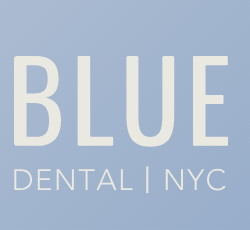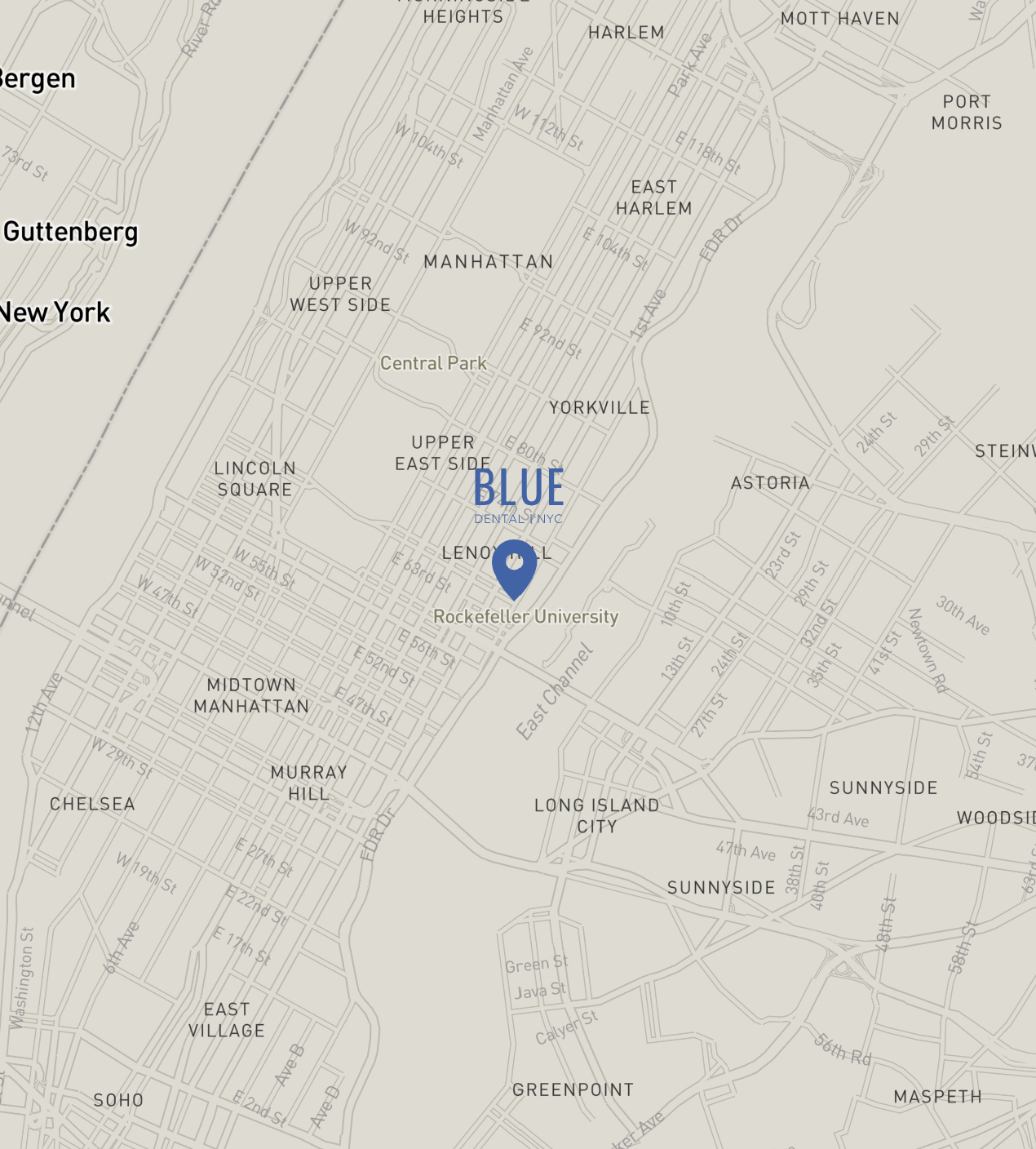Gaps Between Teeth on the Upper East Side, Manhattan
Why Choose Dr. Min for Closing Gaps
- Columbia-trained prosthodontist focused on natural esthetics, bite comfort, and long-term stability.
- Award-winning precision and military-honed discipline—expect meticulous planning and clear, calm communication.
- Comprehensive options in one place: clear aligners/braces, cosmetic bonding, porcelain veneers, and implant/bridge solutions when teeth are missing.
- Digital diagnostics (photos, scans, low-dose X-rays/CBCT when indicated) for a result that looks great and lasts.
What Are “Gaps Between Teeth”?
“Gaps” (diastema/spacing) are openings between teeth that can affect smile esthetics, speech, and how food traps. They may be generalized (multiple spaces) or localized (often the front two teeth).
Why Gaps Happen
- Tooth–jaw size mismatch: small teeth or wide arches
- Missing/peg lateral incisors or congenitally absent teeth
- Habits & function: tongue thrust, mouth breathing, low tongue posture
- Frenum attachment: a thick band between the front teeth can maintain a midline gap
- Periodontal factors: bone loss → “black triangles” near the gums
- Orthodontic relapse after braces without retainers
Signs & Everyday Concerns
- Food packing and floss catching between teeth
- Whistling/lisp on “s” or “f” sounds
- Smile asymmetry or narrow tooth shapes
- Gumline “black triangles” (spaces near the papilla)
- Self-consciousness in photos or speech
Treatment Options We Provide/Coordinate
To Move Teeth (Biologic, Reversible):
- Clear aligners or braces to close spaces and refine bite contacts
- Elastics/TADs (mini-implants) for complex adult movements (case-dependent)
- Retention plan (clear or bonded retainers) to prevent relapse
To Add Tooth Structure (Cosmetic/Restorative):
- Cosmetic bonding (composite): One-visit, conservative edge/side additions to close small–moderate gaps and reshape “narrow” teeth
- Porcelain veneers: Durable, stain-resistant option for shape/size correction and color harmony
- Onlays/crowns: When teeth are heavily worn or previously restored
When Teeth Are Missing or Very Small:
- Implant crown or tooth-supported bridge to replace missing teeth and eliminate neighboring gaps
- Canine substitution/reshaping when laterals are missing (planned with ortho)
Soft-Tissue & Supportive Care:
- Frenectomy (after orthodontic closure) if a thick frenum would reopen a midline diastema
- Periodontal therapy when “black triangles” relate to gum/bone loss; sometimes combined with additive bonding to soften triangle appearance
- Myofunctional therapy for tongue posture/thrust to protect results
The Process at a Glance
1) Exam & Smile Analysis
Photos, digital scans, bite records; map space sizes, tooth shapes, gum levels, and causes.
2) Custom Plan
Choose aligners/braces vs bonding/veneers—or a staged combo; review timelines, fees, and maintenance.
3) Active Treatment
Tooth movement and/or precise additive shaping with shade-matched materials; adjust contacts for clean flossing.
4) Finish & Protect
Polish, bite refinement, and retainers; night guard if you clench.
5) Maintain
Periodic checks to ensure spaces stay closed and gums stay healthy.
Timeline & Comfort
- Aligners/braces: typically 3–12 months for simple spacing; complex cases vary.
- Bonding: often one visit.
- Veneers: typically
2–3 visits (consultation, prep/temps, delivery).
Most visits are comfortable; small bonding cases are often no-shot.
Materials & Esthetics
- Layered, BPA-free composites for invisible edges and embrasures
- High-strength porcelain (when indicated) for color stability and wear resistance
- Digital shade mapping and proportional tooth design for a balanced smile
Cost & Insurance
- Transparent, itemized estimates; phased plans available.
- Many PPOs include orthodontic benefits (teens strongest; adult coverage varies).
- Bonding may receive partial coverage; veneers are often elective.
- Our team verifies benefits and files claims for you.
At-Home Care & Retention
- Wear retainers exactly as prescribed after space closure.
- Brush 2x/day with fluoride toothpaste; floss daily (threaders/interdental brushes if needed).
- Avoid biting hard objects (ice, pens) on new bonding/veneers for 24–48 hours.
- Keep 6-month cleanings; bring retainers for fit checks.
Frequently Asked Questions
Can bonding close my front gap in one visit?
Often yes for small–moderate spaces. For larger gaps or multiple spaces, aligners with or without bonding provide the most natural proportions.
Will the results look natural?
We design widths, lengths, and embrasures to match your face and lips. Layered composites/porcelain are shade-matched for a seamless blend.
Will the gap come back?
Spaces can relapse without
retainers, or if tongue thrust/frenum pull isn’t addressed. Your plan includes retention and habit management.
Are black triangles the same as gaps?
They’re usually
gumline spaces from tissue/bone loss or triangular tooth shapes. We’ll address gum health first and may use
additive bonding to reduce the triangle appearance.
Do I need a frenectomy?
Only when a thick frenum is likely to reopen a closed midline space. If needed, we typically perform it
after orthodontic closure.
About Dr. Daniel Min
BA, University of Texas at Austin
DDS, University of Texas (American Esthetic Dental Association award; “Student of the Year” in clinical performance)
MS in Prosthodontics, Columbia University; former part-time clinical professor
U.S. Army veteran; current Army Reserve officer
Member: Academy of Prosthodontics; International Congress of Oral Implantologists
Service Area
Conveniently located on the Upper East Side and serving patients across Manhattan and the greater New York City area.
Call to Action
Want to close spaces and keep them closed—beautifully and predictably?
Book a gaps/diastema consultation with Dr. Daniel Min to compare aligners, bonding, veneers, and implant/bridge options tailored to your smile.

